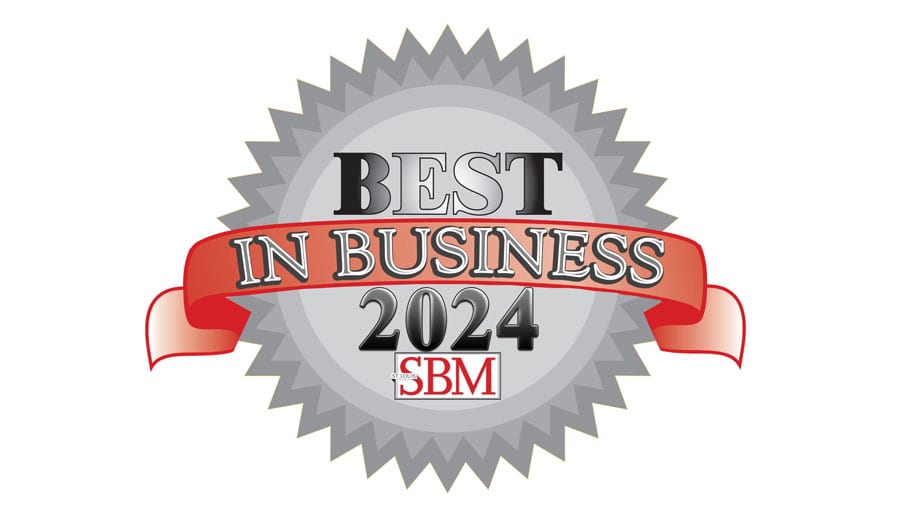We’re a Future Top 50 Small Business

By Principal Farica Chang St. Louis Small Business Monthly has again named Anderson Technologies as one of the Future 50 top small businesses in St. Louis. We couldn’t be prouder of this recognition; as a growing family-led business, our local community is at the heart of what we do. St. Louis Small Business Monthly is […]
Why Is MSP Pricing Broken? A Provider’s Perspective

By Corbitt Grow, Director, Business Development You’re a business owner or manager, and you’ve decided it’s time to seek professional IT support. You’re already stretched thin, juggling countless responsibilities, and the mere thought of navigating the world of IT services is daunting. You start your search, hoping for clarity and straightforward solutions. Instead, what do […]
Heartfelt Thanks for Voting Us the Best in IT and Cybersecurity!

By Amy Anderson, Principal We are thrilled to share some exciting news with you! Anderson Technologies has been honored with recognition in the 2024-2025 Small Business Monthly Business Owner’s Guide. We have been named one of the Best IT Firms and one of the Best Cybersecurity Firms in the St. Louis area! This would not […]
5 Highly Effective Habits to Keep You Cybersecure this October

October marks Cybersecurity Awareness Month, and while every month should focus on cybersecurity (in our humble opinion), there’s no better time to strengthen your business’s defenses. These days, any individual or organization can be a target, which means developing strong cybersecurity habits is crucial for safeguarding your company’s data and operations. No matter your technical […]
Everything You Missed From Our Egnyte Webinar

By Corbitt Grow, Director, Business Development A big thank you to everyone who joined us for our webinar on August 14th! It was a jam-packed 50 minutes, where Bryan Harman from Egnyte and our teammate Corbitt Grow explored the ways Egnyte’s Intelligent Content Platform can boost business efficiency across a range of industries. Egnyte: An […]
The Power of a Deepfake: How Much Could One Phony Video Call Cost You?

By Principal Farica Chang If there have been any lasting benefits from the pandemic, better business agility is certainly one of them. Thanks to more reliable, affordable video calling platforms, companies can meet with clients, partners, and providers anywhere in the world without having to set foot outside the office. Sadly, nothing good ever comes […]
It’s Not Just Businesses Benefitting from AI—Threat Actors Are Gaining an Advantage Too

By Mark Anderson, Founding Principal Artificial Intelligence (AI) has blown all other recent tech trends out of the water over the past few years. In less than half a decade, it’s gone from sci-fi speculation to an accessible, everyday tool that’s revolutionized many industries, enabling businesses to streamline, simplify, and advance their operations. While the […]
From Groundwork to Greatness: How IT Fueled Our Client’s Rapid Growth

By Principal Farica Chang A four-strong, private-equity-backed team of people looking to acquire a range of home services businesses across the country knew they needed an IT partner to help them. They recognized they had their work cut out for them and were determined to achieve their growth goals—so they called in the Anderson Technologies […]
A Brush with Server Death

By Principal Farica Chang Do you ever get the feeling you’ve had a near miss—almost been hit while crossing the street, skipped a step when rushing out the door? Those heart-in-your mouth moments that leave you frozen for a second at the thought of what might have been. For one of our clients, that feeling […]
Using Microsoft 365 Business Standard? Premium or E3 May Be a Better Choice

By Principal Farica Chang Microsoft 365 has been a blessing for many small businesses, providing a suite of powerful tools and applications that simplify your IT-dependant processes. However, as your business evolves, the capabilities of Microsoft 365 Business Standard may no longer suffice, prompting the need to explore more advanced options. Let’s discuss how upgrading […]

